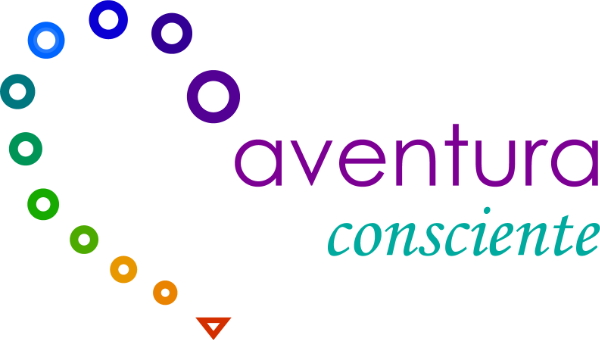Only 20% of neurodivergent individuals ever speak, while a whopping 80% of human interaction happens without words.

Language skill deficiencies are a major concern for parents of autistic children, who often worry about needing to take their child to therapy to learn various communication tools.
Susana Riera, a speech therapist and founder of Oak Therapy Clinic, discusses the benefits of these treatments in the podcast “When Your Child is Different.” She explains that therapy can be enjoyable and helps children set challenges and develop skills.
Riera first explains to parents how to carry out daily exercises, which vary in schedule and frequency based on each child’s needs. When families visit her clinic, she conducts an evaluation to assess the child’s development, needs, and strengths. The key is to set clear goals and maintain ongoing assessments.
Using toys, Riera builds trust with the child to integrate into their routine and provide care. This helps children learn to express what they like or what makes them uncomfortable. Activities are sent home, involving parents to encourage their child to express their feelings. Part of this process is fostering interactive communication. Instead of guessing what the child is trying to say, parents should allow them to develop their ability to express themselves. Another important aspect is respecting the child’s neurodiversity by understanding what bothers or stresses them. Parents should allow room for protest and accept those complaints.
Young autistic children often struggle with non-verbal communication, eye contact, and gestures like nodding. In Riera’s therapy, non-verbal communication is analyzed and joint communication is achieved. This means enjoying an object or activity together, like “throwing a ball up and down and sharing the excitement of the game with mom.”
Language has three components: semantic (vocabulary), which doesn’t function alone, paired with syntactic (grammar), whose rules are often not understood by autistic individuals, such as the use of plurals, pronouns, nouns, etc. And pragmatic (the social aspect), which is the purpose of communication (asking, commenting, exclaiming, questioning). 20% of people with autism never speak.
Children learn through love and affection. This accounts for 40% of their progress; family support contributes 30%; the hope for good results, 15%; and the therapist’s technique, the remaining 15%. “I am just a small part of the process; the rest depends on the people surrounding the child.”
